Uses and Advantages of LED Lights
Surely, you’ve heard of LED lights, and who hasn’t? They are everywhere. LED lights are the new way of lighting: affordable, comfortable, and sustainable. In this article we will tell you what they are, what are their advantages over traditional bulbs and what uses they can be given. If you are interested in how to improve the aesthetics of your spaces while saving money, continue reading.
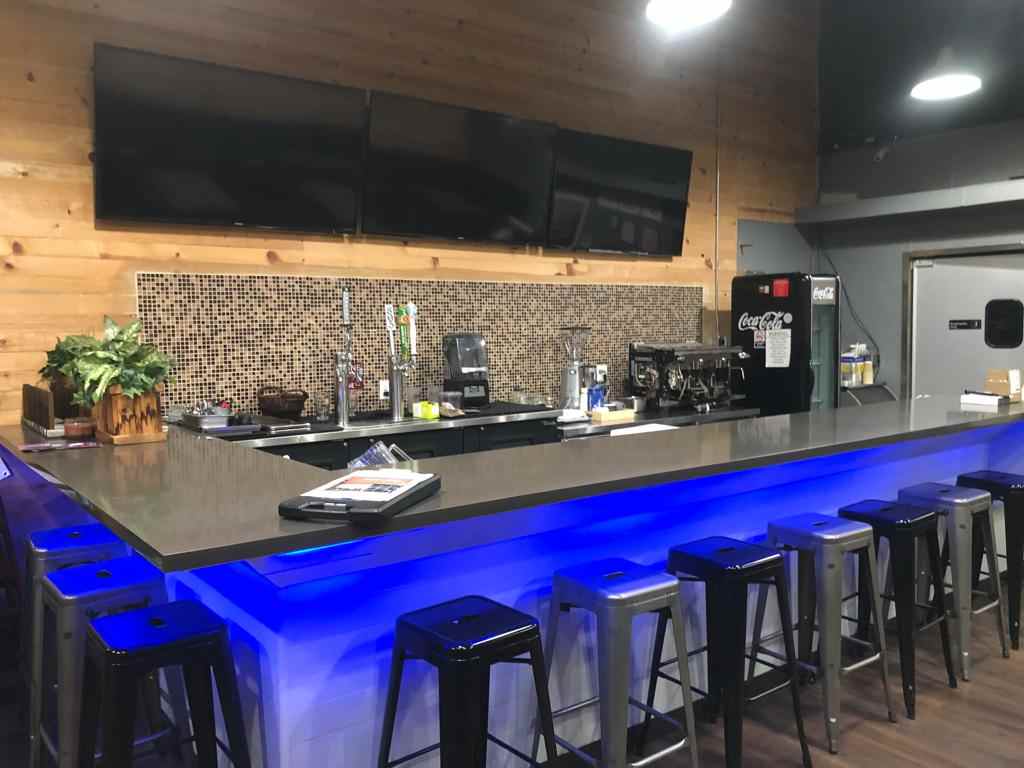
What is a LED light?
The acronym stands for Light-Emitting Diode. A diode is an electrical gadget made of semi-conductive materials like silicon or selenium and that has two electrodes (anode and cathode). This allows electricity to flow jus in some situations, like at certain voltages, currents, or intensities. LEDs converts electricity into visible light, this means that they are the opposite of a photovoltaic cell.
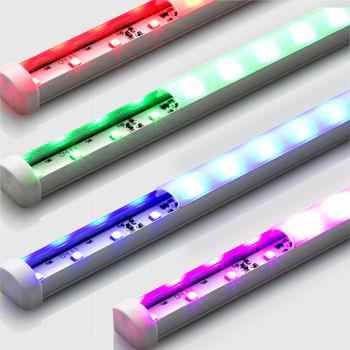
Advantages of LED lights
- Last longer
The components of LED lights, as well as the method they produce light, considerably extend their longevity. It can outlast other types of bulbs by thousands of hours due to its low heat levels, durability, and energy economy.
Since LED lights don’t burn out like ordinary bulbs, the quantity of light they emit declines over time; a process known as “lumen depreciation.” Is when the bulb’s lumen output to drop to 30% of its original that we consider the end of the lifespan of an LED light. The lumen is a unit of luminous flux, a measure of the total quantity of visible light emitted by a source per unit of time.
- Energy efficiency
LEDs can convert roughly 70% of their energy into light due to their high lumen output per watt. This makes them far more energy efficient than traditional bulbs, which spend a significant amount of energy by converting it to heat. For instance, a 6watt LED bulb produces the same amount of light as a 40watt incandescent bulb, plus their lower operating temperature makes them safer to use.
- Higher brightness
LEDs can produce incredibly bright light. The wattage of a light bulb is no longer a suitable indicator of brightness. Instead, we should consider the lumen output of a bulb. A 40watts incandescent bulb emits around 450 lumens, compared to the 4000 lumens a that an also 40watts LED bulb can achieve.
- Wider color range
To create multiple colors and tints of light, traditional incandescent lights require gels or filters. Those methods tend to fade or burn out over time. LED lights, on the other hand, can produce a wide range of colors and temperatures by changing the LED’s phosphorous coating, so you can trust that it will retain the same shade until the end of its lifespan.
- Lower heating
While a traditional bulb works by heating a filament to a light emitting temperature, LED lights use electromagnetic energy that light up when is electrified. This means that LED lights operate at a much lower temperature because they convert energy into light rather than heat.
The small amount of heat generated by LEDs is dissipated by a specific heat sink, which is designed to absorb any heat and safely disperse it away from the diodes. Since they won’t cause fading or heat damage, they’re ideal for use in heat-sensitive locations, like close to paints and dyes, or as ornamental supplements.
- Reliability
LEDs are a long-lasting and trustworthy lighting source. They can endure greater impact and vibration than ordinary light bulbs and can work safely in cooler temperatures. This is due to the lack of filaments and other delicate components. This stability makes them excellent for use in environments where temperature variations, bad weather, and jostling are likely, such as outdoors or in ceiling fan installations.
Uses of LED lights
Now day it is possible to find LED lights options for all kinds of illumination purposes. The most common are strips LED lights, which can be cut to size and placed almost anywhere. Here is a list of the best places to illuminate and achieve spectacular results.
- Ceiling lighting.
disposing of those incandescent bulbs. But you can also create all kinds of environments. The LED lights are dimmable depending on the model you get. And making your ceiling look another color can give your room new life.
- Shelves, tables, furniture.
Basically, any site that is on a different level. Anywhere you can discreetly place a strip LED light. Additionally, you will create a contrast between the object that you illuminate and the background. Getting able to highlight all kinds of spaces and decorations.
- Restroom Lighting.
This space can make a huge difference in your guests’ impression. With LED lights you can create a particularly different atmosphere. Giving whoever enters a sense of pause. Also, a very elegant idea is to seek contrast between illumination and running waters.
- Gardens & terraces.
Big open spaces. Along with the night, the best friends of lighting. Since LED lights consume so little energy and can be placed almost anywhere, they are ideal for creating the best outdoor decorations.
- Decoration
Do not limit your imagination. Illumination doesn’t just work for highlight decorations. Lights can be the decoration itself when is placed in the right location. Surely you have visited places with roofs that resemble starry nights. Some other examples are lines or geometric figures, these ones also work very good as LED lights decorations.
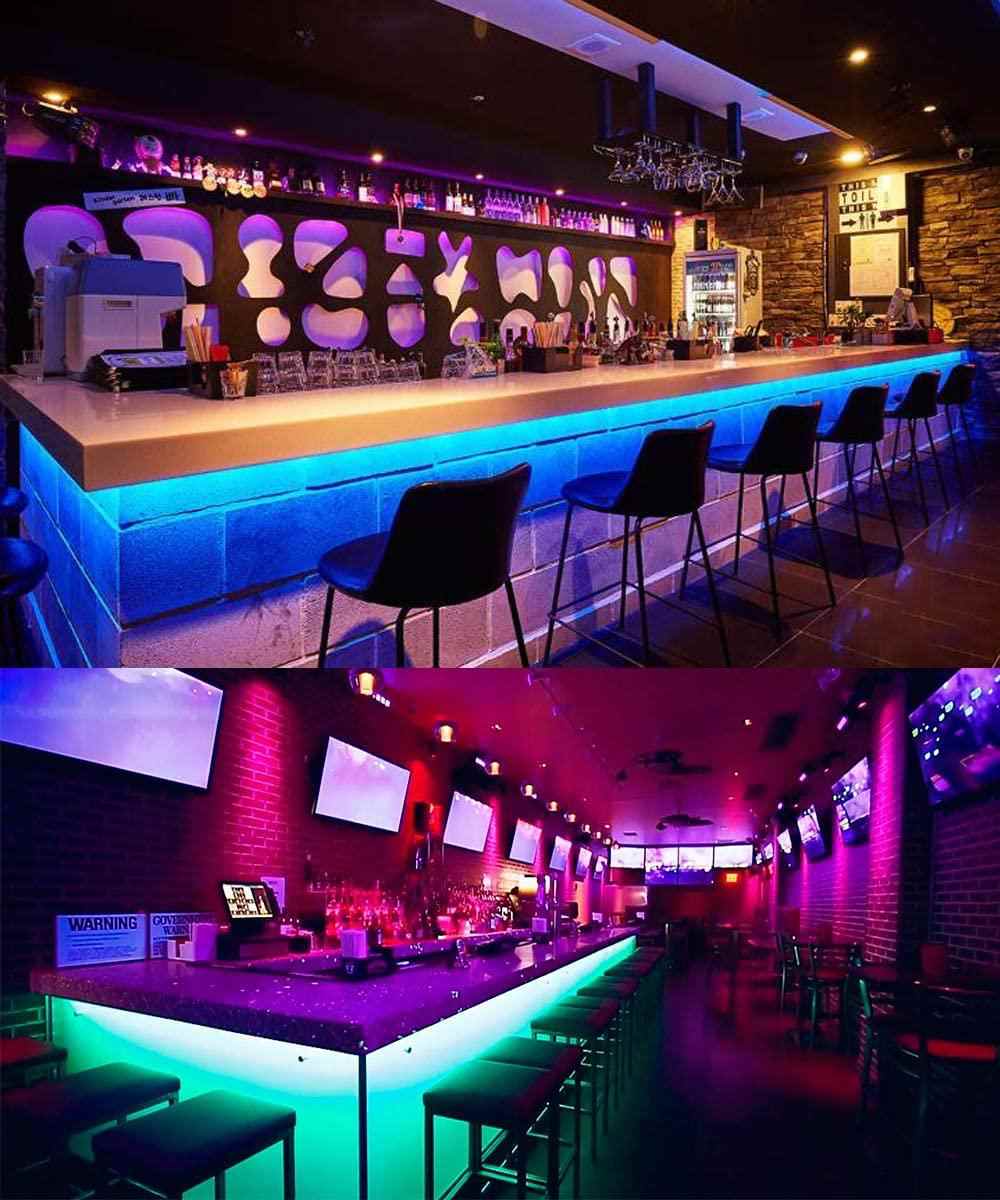
This is a quick overview of everything you can do with LED lights. We hope it has helped you come up with ideas to redecorate your spaces and give them new life. If you still don’t know where to start, contact us! We are ready to work with your ideas and we offer FREE ESTIMATES for everyone.

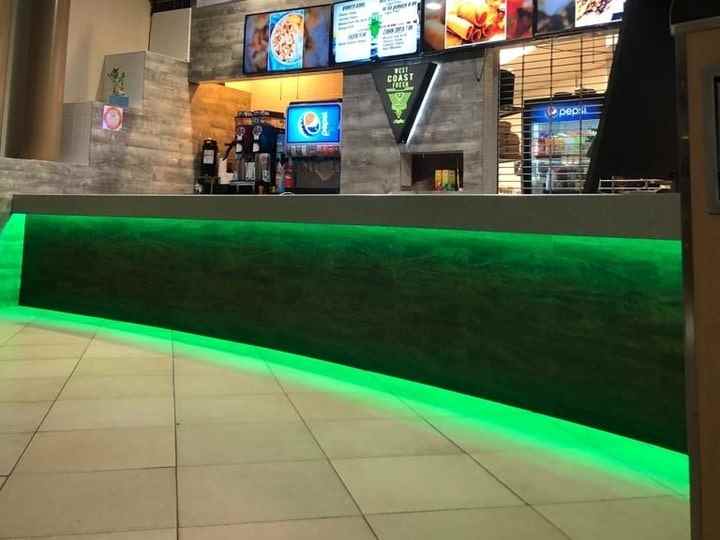

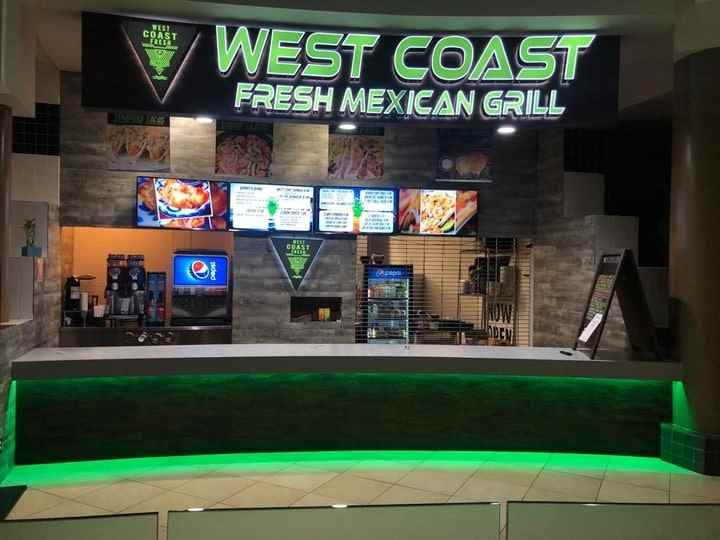
Leave a Reply